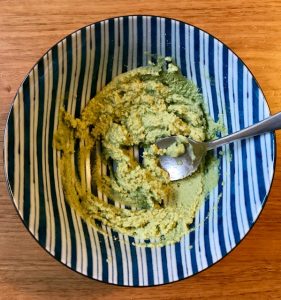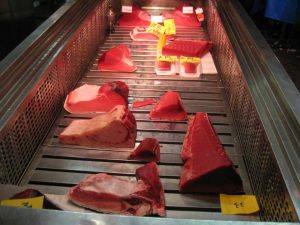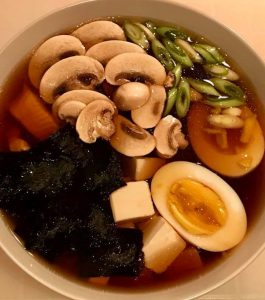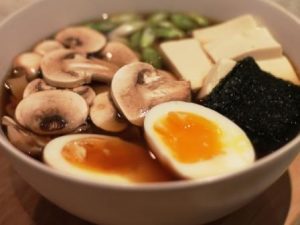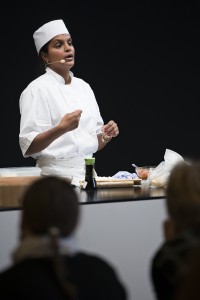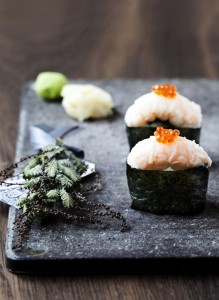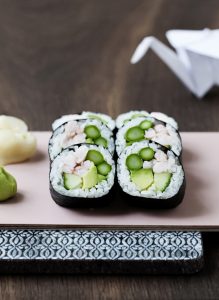
Many of us would like to eat more vegetables on a daily basis. Vegetables are full of important vitamins, minerals and fibre, all of which contribute to a healthy body.
In a busy everyday life, it can be challenging to eat the recommended vegetables. If you are looking for a delicious and easy way to get more vegetables into your diet, sushi could be your shortcut.
Although many people think of fish when they hear the word “sushi”, vegetables are also an essential part of this wonderful dish. From fresh cucumbers and avocado to steamed asparagus and marinated radish – sushi offers a world of vegetables presented in a new and exciting way.
Eating raw vegetables is healthier than cooked vegetables. The various raw vegetables used in sushi boost your body with vitamins.
Not only do you get lots of vegetables with sushi, but the seaweed nori, which is often used to make sushi rolls, is full of vitamins, minerals and antioxidants. This makes sushi both tasty and healthy to eat.
Sushi is more than just raw fish.
On the Sushi course for beginners, you learn step by step how to make tasty sushi from scratch.
_
Zoë has held sushi courses and cooking classes for A. P. Moller – Maersk, Hugo Boss Nordic, Novo Nordisk, Novartis, Velux, Gorrissen Federspiel, Beierholm revision, Elbek & Vejrup and many more.


